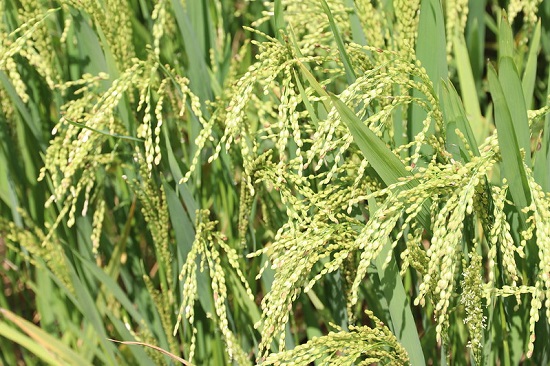Deciding when to harvest

CGIAR scientists at the International Rice Research Institute (IRRI) conducted a series of experiments to investigate the impact of seed maturity at harvest on longevity in storage. In one set of experiments, twenty Oryza sativa accessions were harvested at 24, 31, 38 and 45 days after flowering. They were then dried in the genebank’s drying room, grown-out, and their longevity (p50) calculated. In many cases, the greatest longevity was in seeds that had been harvested at 45 days, although some peaked at 38 days and declined after that. Figure 5 shows what a difference a delay can make:
By allowing seeds to mature for as long as possible on the parent plant, it is possible to improve their longevity in storage. But the seed’s maturation process is not the only pre-storage factor that can have an effect on longevity. The weather can make a difference too.
Seed dispersal mechanisms
